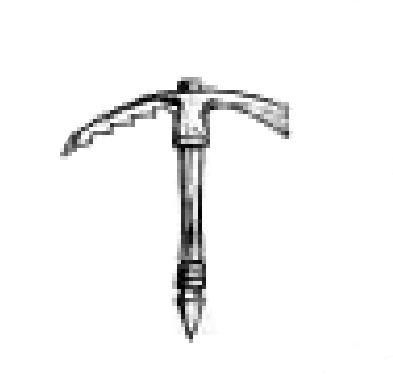

Stone hand axes were in use in the Paleolithic period for hundreds of thousands of years. Stone axe heads in polished greenstone from the collections of the Hôtel-Dieu in Tournus (Saône-et-Loire, France). History Europe Prehistory and the Ancient Mediterranean Viking axes may have been wielded with one hand or two, depending on the length of the plain wooden haft. They produced several varieties, including specialized throwing axes (see francisca) and "bearded" axes or "skeggox" (so named for their trailing lower blade edge which increased cleaving power and could be used to catch the edge of an opponent's shield and pull it down, leaving the shield-bearer vulnerable to a follow-up blow). Certainly, Scandinavian foot soldiers and maritime marauders employed them as a stock weapon during their heyday, which extended from the beginning of the 8th century to the end of the 11th century. īattle axes are particularly associated in Western popular imagination with the Vikings.

Some later specimens had all-metal handles.

The hardwood handles of military axes came to be reinforced with metal bands called langets, so that an enemy warrior could not cut the shaft. The crescent-shaped heads of European battle axes of the Roman and post-Roman periods were usually made of wrought iron with a carbon steel edge or, as time elapsed across the many centuries of the medieval era, steel. Moreover, a lighter weapon is much quicker to bring to bear in combat and manipulate for repeated strikes against an adversary. This facilitates deep, devastating wounds. īattle axes generally weigh far less than modern splitting axes, especially mauls, because they were designed to cut legs and arms rather than wood consequently, slightly narrow slicing blades are the norm. Axes were often cheaper than swords and considerably more available. Axes could be modified into deadly projectiles as well (see the francisca for an example). Besides axes designed for combat, there were many battle axes that doubled as tools. Axes, by virtue of their ubiquity, are no exception. Through the course of human history, commonplace objects have been pressed into service as weapons.


 0 kommentar(er)
0 kommentar(er)
